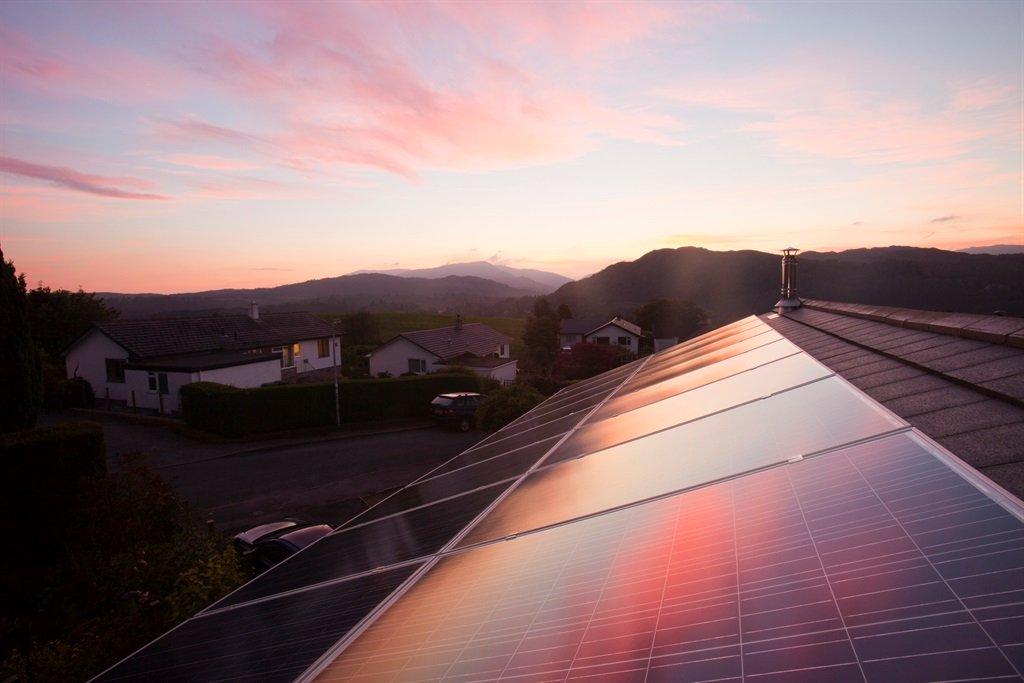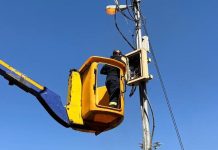Africa-Press – South-Africa. Households and businesses can beat load shedding and still save money if they install solar PV systems and battery storage, according to an industry expert.
During a media roundtable on South Africa’s energy future, Matthew Cruise of Hohm Energy, an online solar marketplace, showed how consumers stand to gain if they ensure that 90% of the electricity needs are met by solar PV and battery installations.
Cruise was previously a consultant to Eskom’s board and executive management. He also completed an MBA, which included a dissertation on Eskom.
He expects both load shedding and electricity prices to double over the next five years. Already Eskom and municipalities are getting above-inflation increases.
Eskom had sought a 20.5% increase for the 2022/23 financial year, but the National Energy Regulator of South Africa (Nersa) granted it a 9.61% increase.
Nersa also proposed a municipal tariff increase of 7.47% increase, from 1 July 2022. However, the regulator decided to hold public hearings on the proposal due to backlash.
If the proposed municipal tariffs are implemented, electricity prices would increase 17% overall, Cruise pointed out. Going forward, Cruise does not see increases being less than 15% year-on-year. The compounded growth translates to 104% over five years (more than double). So paying R2 000 for electricity per month currently would translate to R4 000 per month in five years’ time. This is without considering the impacts of the Russia-Ukraine war on the price of energy sources like diesel and coal, Cruise said.
In addition, we are running into an energy generation capacity problem. Nearly 8 000 MW of coal generation capacity will be coming offline by 2025. However, the generation capacity coming on-stream is far too little to meet peak demand of 32 000MW, Cruise explained. This will necessitate more load shedding.
New round of renewable energy projects could see prices climbing
Cruise put forward homeowners could become “immune” to load shedding and price increases by getting solar and battery installations that are grid-tied. So most or about 80% to 90% of their power needs will be met by their installed systems, and because they are still connected to the grid, Eskom can meet the remaining energy needs – particularly feeding energy to recharge batteries, especially on days with cloudy weather.
With Eskom only accounting for 10% of electricity needs, the tariff increases from the utility will be less painful to stomach over five years, Cruise explained.
Giving a breakdown of the system components, Cruise explained the most expensive part is the battery, followed by the solar PV panels. An inverter is necessary to regulate the power flow from the solar PV panels to the battery and to the rest of the house. Overall the cost would be close to R180 000.
But one can go about setting up a system piece by piece, Cruise likened it to building Legos.
You can start with a battery installation and an inverter as a backup for when load shedding strikes and then add solar PV panels at a later stage.
As an illustration for households spending less than R1 500 on electricity per month, they can start off with a small system – solar PV providing 3.6kW peak power, along with a 3.6kW inverter and 2.8 kWh battery storage. This system could cover ~R1 200 of a homeowner’s energy needs (given that Eskom’s tariffs are at R2.50/kWh). Which means that you would have to pay about R300 to Eskom.
This system would cost about R120 000 if you paid cash. But you could finance it through your bond – at the added cost of ~R1 400 per month.
Hohm Energy’s calculations indicate for a house spending R2 000 to R2 500 per month on electricity, they could get a bigger system of 6.37kWp solar PV installation, a 5kW inverter and 10kWh battery storage. The cash price is under R200 000, but if financed through your bond it could translate into R2 376 per month. Still, it would save you R2 150 in electricity costs from Eskom.
But Cruise noted, that these are calculations made ahead of the July price hikes. Even if hikes kick in, households will be able to make savings. “It is much better to do something and be active towards taking control of your own electricity needs,” he said.
For More News And Analysis About South-Africa Follow Africa-Press






